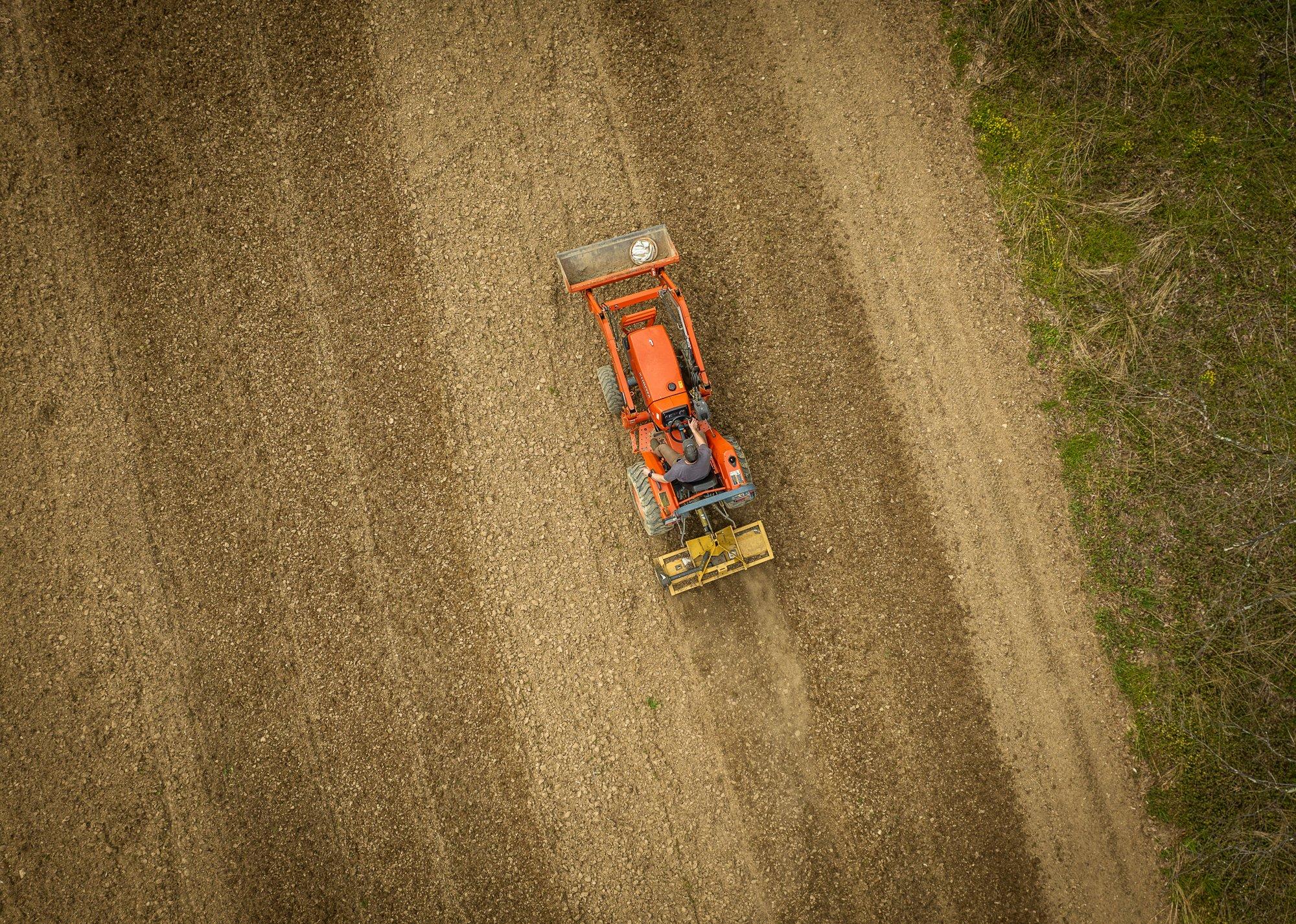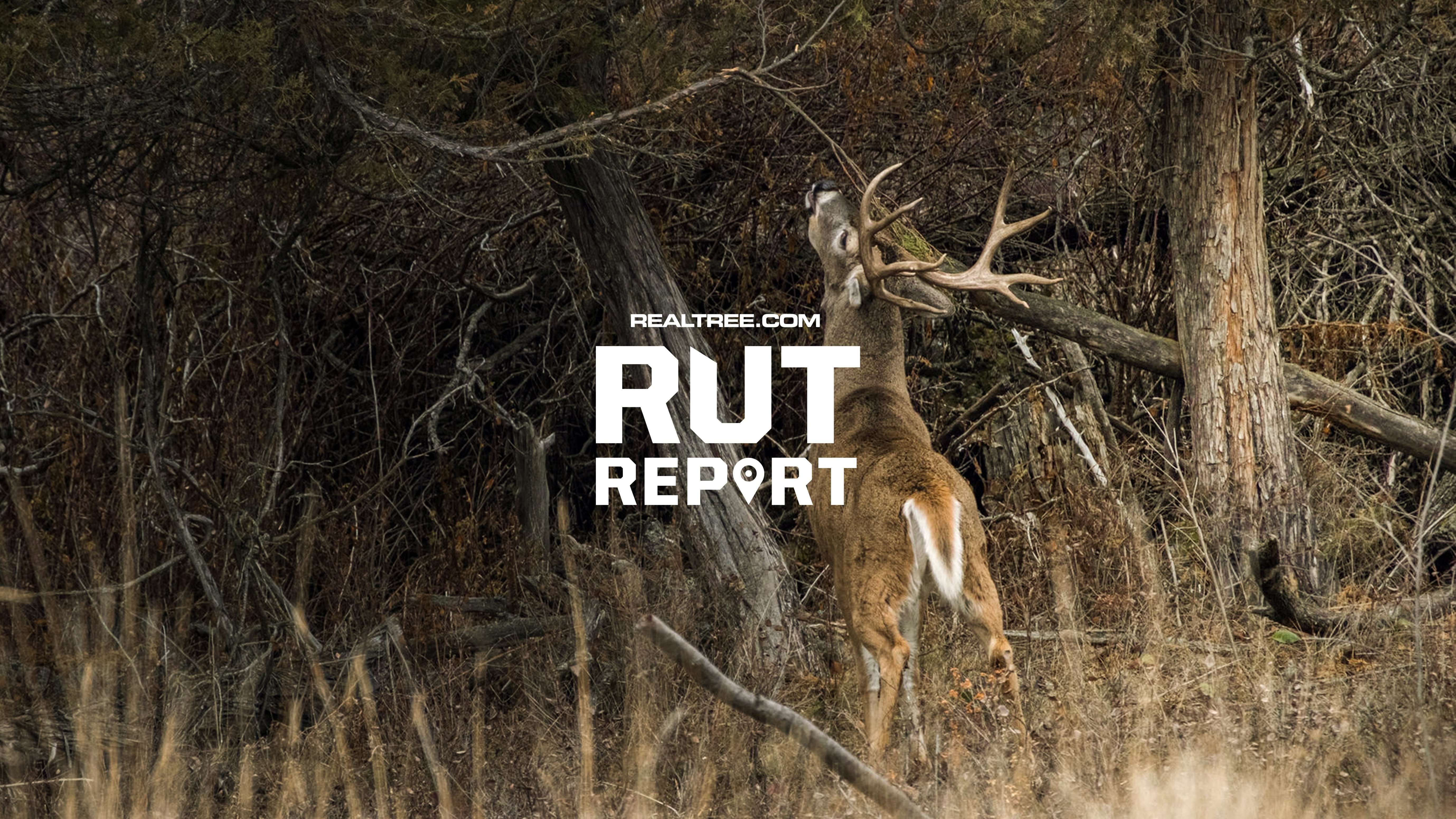Professional land managers reveal the truth about these important deer attracting tools

Having a variety of spring and summer food plots can create a virtual whitetail buffet on your property — provided you do it correctly.
Despite being a science-based undertaking, wildlife food plots carry plenty of popular misconceptions. That seems to be especially true with spring and summer plots.
Fortunately, experienced food plotters and land managers have sorted through the many myths and half-truths associated with spring and summer plots, and they can provide a clearer picture of what to expect when considering off-season plantings. Let’s examine a few popular spring/summer food plot myths and get the truth from the experts.
- You Can Get Away Without a Soil Test
Let’s start with an easy one. Of course you should conduct a laboratory soil test before planting, spring or fall, and follow its recommendations. PH levels — basically the measure of acidity or alkalinity in the soil — can change because of many factors, and it’s critical because it determines the availability of essential nutrients. A simple pH test gives you a starting point and provides lime and fertilizer recommendations for the crop you intend to plant
“Anybody who doesn’t do a soil test when trying to do food plots has no clue what they’re doing,” said J.J. Doughman of Realtree Farms. “One soil test is like $15. That’s a cheap investment to see where you’re at and what you need to do. It’s a major player in getting stuff right. I can show you soil samples from stuff I planted last year and then did winter plot on it last year, and I can show you what one extra time plowing and disturbing the dirt has done to the soil.”
- Spring and Summer Plots Aren’t as Good as Fall Plots
Matt Harper of the Whitetail Institute of North America said this myth simply isn’t true.
“For example, a clover field planted in the spring makes for an exceptional bowhunting plot, and many summer plants such as soybeans are food sources in summer as well as the fall and even winter,” he said.
- You Don’t Need Spring and Summer Plots if You Can Bait
Nonsense. Doughman said planting food plots is always worthwhile.
“You can plant a lot cheaper and get a lot more for your money as far as tonnage goes rather than feeding,” he said. “For a full management plan, you’ve got to feed and have food plots, mineral licks — everything. It’s part of year-round management. You can’t just put corn on the ground.
“I like at least 30 percent in a perennial clover. For 100 acres of plots, you need 30 acres of (clover) minimum. It gives you that full 12-month cycle. I have food plots that are going on six or seven years and are still as strong as they can be.”
- Fall is a Better Time to Plant (or the Reverse)
Harper said both seasons are good for planting, and each has pluses and minuses.
“For instance, when spring planting perennials, it allows more time for the plot to establish and be productive for hunting season,” he said. “But when fall planting, you have fewer issues with weed control.”
- You Need Lots of Land and Equipment for Spring/Summer Plots
Doughman said many folks get intimidated and believe they need a tractor, plow, seeder, and other heavy equipment to construct adequate spring/summer plots. Likewise, many think they also need large acreages to attract and hold deer. Actually, plotters can succeed with minimal equipment, such as a four-wheeler or walk-behind tiller, and they can forge attractive small plots.
“You don’t have to have a 5- to 10-acre food plot,” he said. “Do what’s comfortable for you to maintain. Get a seed bed in there. Get a soil test done, and then do what your test tells you to do.”

You don’t need vast tracts of land or loads of equipment to create great spring and summer plots. You must, however, conduct a simple soil test and follow its recommendations.
- The Sooner You Plant, the Better
Harper said every food plot variety has a definite planting window, but planting early isn’t necessarily the right move all the time.
“Some varieties, such as clover or alfalfa, can be planted early, and they can have good establishment,” he said. “You can even frost-seed clover with some success. But soybeans, for example, need to planted when the soil temperatures are warm enough to ensure that the seed will germinate and not rot in the ground. Brassicas planted too early can mature and wilt before hunting season, decreasing the food available for fall and winter. Oats planted too soon will grow past the most palatable stage of their growth cycle and be far less utilized by deer during hunting season.”
Timing spring plantings also revolves around another challenge — rainfall.
“A tricky part about spring planting is to find the appropriate planting window while at the same time maneuvering around spring rains,” Harper said. “Spring is a great time to plant, but often, you find yourself standing in the shop, seed all ready to be put in the ground and watching it rain all weekend. You can’t control the rain (which is good thing), but you can make sure you have everything ready for when you can get in the field so you can get as much done in a short time. Have the equipment greased and ready, seed purchased and the help lined up — whatever the steps are to hit the field quickly when the sun shines.”
- Variety Isn’t Important
One look at Doughman’s varied fields busts that myth. He’ll overseed [the same practice as frost-seeding in the North] clover during late winter or early spring. Typically in early May, after fields have been prepped, he’ll plant corn, soybeans, chufa, milo, and other crops.
“We’ve got a buffet for them,” he said. “I think [wildlife] like variety. A deer’s natural instinct is to browse. Turkeys bug in the field or woods. The more variety you can give them, the better you are. You don’t want to go to a buffet and only have two items to pick from.”
- Weed Control Isn’t Critical
Weed seeds figuratively wait for the right conditions in spring to explode from the ground. In fact, they often have a head start on food plot plantings because the seed is already there.
“Weed control is a multi-pronged defense,” Harper said. “First, spraying or tilling the young weed growth before you plant will at least give your plot seed the same time advantage for germination.”
Also, Harper said planting an annual nurse crop with spring perennials can help with weed prevention.
“Annuals grow more quickly because perennials spend the first part of their life focusing on growing a root system more than above ground,” he said. “A nurse crop of oats, for example, will compete with the weeds to minimize their growth.”
Plotters should also strongly consider further preventative measures.
“Mowing plots, especially perennials, will help keep weeds at bay,” Harper said. “And of course there’s spraying, but you need to make sure the spray you’re using is the right one to kill whatever weeds you are dealing with and not the food plot planting itself.”
Conclusion
There you have it, straight from guys who specialize in making food for deer. And with the truth on your side, you can start turning dirt and creating thick, attractive spring/summer food plots.
(Don’t Miss: WHAT IS A CRYPTO BUCK?)












